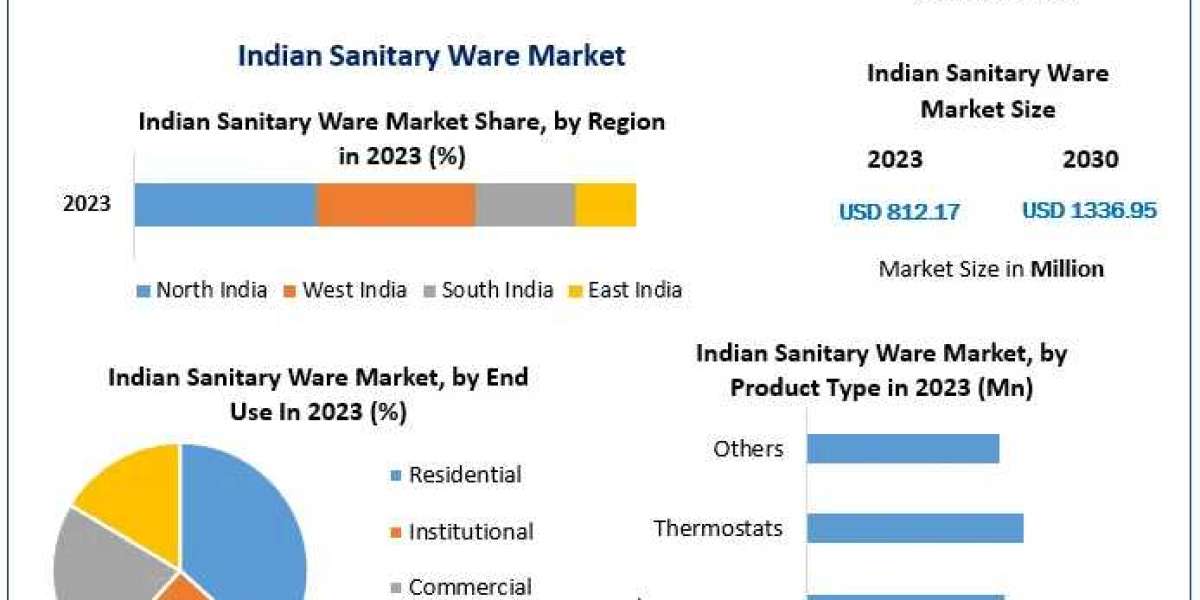1. UNIQUE AND DARING VISUALS ARE BECOMING A MUST
The availability of AI is impacting the design field. Gone are the days when minimalism reigned supreme. A recent study predicts that the global market for image-generating AI will reach $900,000,000 by 2030. This shift towards AI-driven design will have a major effect on the visual identity of brands.
Now, with unlimited opportunities for producing unique visuals in seconds, brands are adopting bolder, more experimental design to capture attention in an increasingly crowded digital space.
One of the subtrends here is the growing popularity of «eye candy» content. It is a type of videos and images designed to appeal to the viewer’s sense of aesthetics and visual pleasure, often featuring vibrant colors, striking compositions, 3D graphics, and captivating subjects.
Many fashion brands are using this type of content as part of their social media strategies. Consider this post by Burberry, which features a video of a new line of accessories being presented in an almost hypnotizing way with close-up shots that create a special visual experience for the audience.
2. PERSONALIZATION: THE ESSENTIAL STRATEGY IN A CONTENT-FLOODED MARKET
Major AI presence has left no room for both generic and generalized content. To truly get people to pay attention to your texts, videos or images, you need to make them speak to their interests and preferences. One poll found that 76% of users have a higher likelihood of making a purchase when they come across personally relevant content from brands.
By tailoring content to individual needs and interests, brands can create a more meaningful connection with their audience.
The streaming giant Netflix has a massive library of movies and shows. Yet, when it comes to personalization, it has an advanced recommendations system with the special match score that lets users know how close the content is to their viewing preferences and history.
3. THE VALUE OF MICRO-INFLUENCER PARTNERSHIPS
The rise of social media has given birth to a new type of content creator: the micro-influencer. These individuals, with follower counts ranging from 10,000 to 100,000, often hold significant sway in niche communities. In fact the smaller the community they have, the better their ability to influence it.
Statistics show that more than 70% of brand partnerships are with micro-influencers.
By partnering with micro-influencers to produce content, brands can tap into these engaged communities and achieve a more authentic and relatable voice.
La Croix is a sparkling water brand with a big focus on its community. This is one of the reasons why the brand frequently partners with small bloggers and creators to promote its products and publishes their photos or other content across its social media.
4. CREATING USER-GENERATED CONTENT (UGC) THAT SELLS
User-generated content is another considerable factor in the current content trends. It allows consumers to participate in the creation and sharing of brand stories. Almost 8 out of 10 individuals claim that user-generated content significantly affects their buying choices.
Brands can take advantage of this by motivating customers to share their feedback and experiences on social media or by organizing contests that inspire creative content related to their products.
Ring is a company that manufactures home security cameras. Thanks to their widespread use in the United States and Canada, there are hours of action-packed footage shot on these cameras every day. The brand lets users submit their videos and then publishes them on social media, which attracts thousands of people who tune in to their accounts to see how a bear takes out the trash or a man trying to check in to his own house with an electronic ID from his job.
5. PUT A SMILE ON YOUR FOLLOWERS’ FACES
Humor has always been a powerful tool in content creation. Memes, in particular, are the online audience’s favorite these days for their ability to convey complex ideas and emotions in a simple way. Memes receive 60% more organic engagement than other posts on average.
Brands that can effectively use memes in their content strategy to make themselves look more relatable and down-to-earth. Still, it’s important to use memes responsibly and avoid offensive or insensitive content.
If you’re looking for a meme role model, then HelloFresh is a great brand to seek inspiration from. The company regularly posts memes on social media that get thousands of reactions from users. The example of HelloFresh also shows that these images shouldn’t look like they were created by a professional designer. Memes are all about expressing ideas, so don’t spend hours trying to perfect the tiny details. Just put them out there and let your followers be the judge of them.
CONCLUSION
By leveraging AI tools, prioritizing quality content, capitalizing on user-generated content, and personalizing your approach, you can not only keep up with the current trends but also create impactful experiences for your audience. Embrace these to drive success in your content marketing efforts


